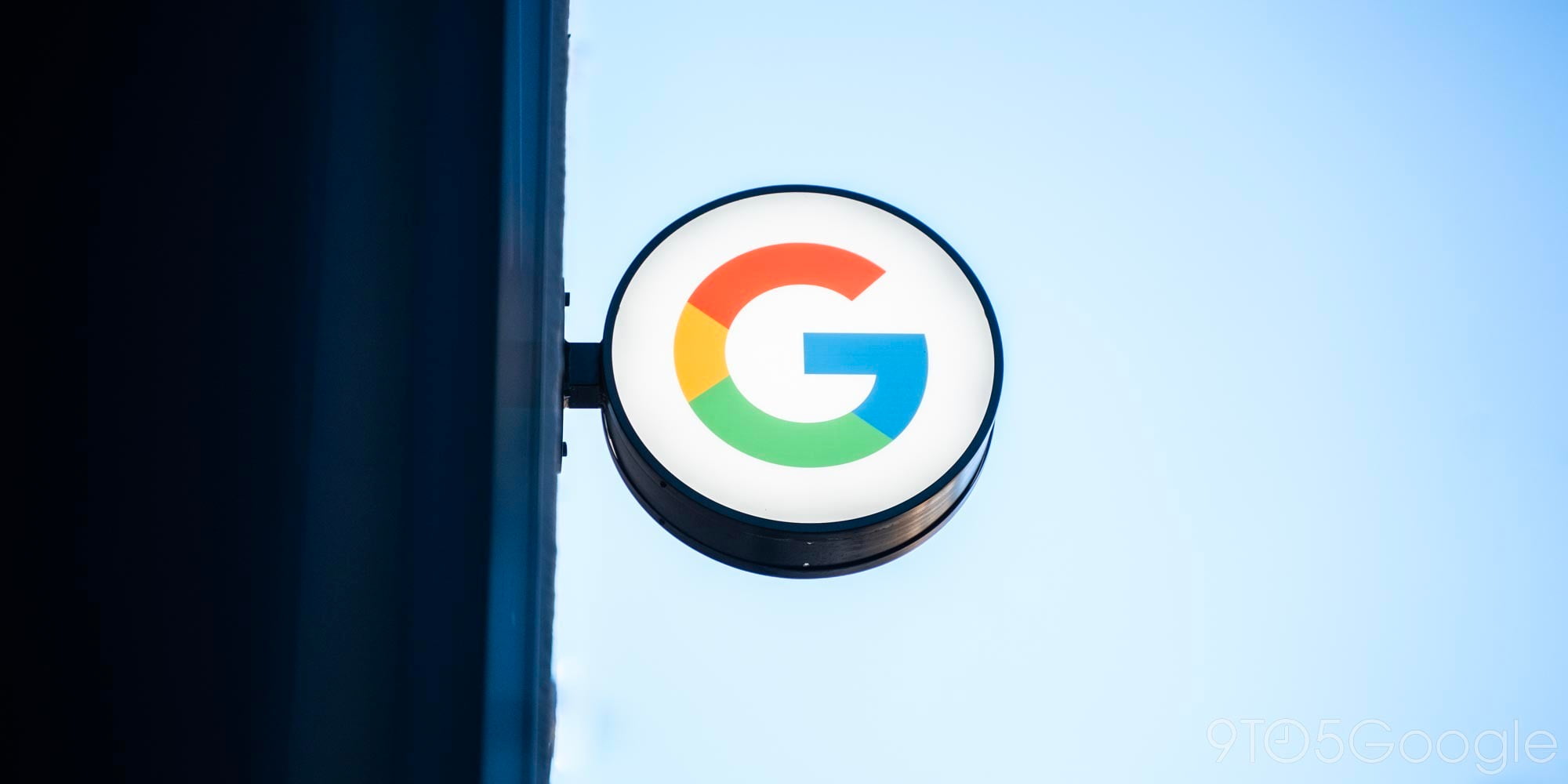
Announced as a “secret project” last year, Google today unveiled a high-resolution OLED display that more than triples the pixels per inch (PPI) count of current consumer headsets from HTC and Oculus. Created in partnership with LG, this screen has a 1443 PPI, wide field-of-view, and is optimized for mobile augmented and virtual reality.
AR and VR head Clay Bavor last year detailed how Google’s end goal for virtual reality is an experience that “feels completely real,” just like reality. To arrive at that point technologically, screens need to have increased visual fidelity through better acuity (sharpness) and field of view.
We’re not going to be done with VR displays until when you’re in VR it just feels like this. Feels like you’re there. Feels completely real.
To achieve this, Google set out on a “secret project” to create a VR-capable OLED display with 10x more pixels than leading consumer VR displays, which are at about 2 megapixels.
At Display Week 2018, Google is set to unveil the end result today. Created with LG Display, this 18MP OLED display has a 1443 PPI and a 120-Hz refresh rate. This 4.3-inch 4,800×3,840 prototype panel is the “world’s highest-resolution OLED-on-glass display.”
- The 4.3″ OLED panel
- 4.3″ OLED fabricated panel through VR optics
- 4.3″ OLED showing foveation regions
The field of view is 120×96 while Google’s research paper notes that the “upper bound” of human vision is a 9600×9000 and a FOV of 160×150.
We developed and fabricated the world’s highest resolution (18 megapixel, 1443 ppi) OLED on glass display panel. The design uses a white OLED with color filter structure for high density pixelization and an n‐type LTPS backplane for faster response time than mobile phone displays. A custom high bandwidth driver IC was fabricated.
For comparison, today’s consumer devices average at 2MP with the HTC Vive featuring a 3.6-inch 1080 x 1200 pixel display per eye, while the Vive Pro steps up to 3.5-inch 1440 x 1600. At 448 and 615 PPI, respectively, both have 90 Hz refresh rates and 110 degree field of views.

Given the high-bandwidth of the resolution and data involved, Google and LG fabricated a custom driver integrated circuit (IC). Another trick to power this display is foveated rendering. This technique renders only what the user is currently looking at in high-resolution while the periphery fades out around that view.
Google emphasized that they designed the display so that two — one for each eye — can be powered by a mobile SoC on a mobile headset. However, it might run at a lower refresh rate of 75-Hz.
Meanwhile, after the presentation, 9to5Google asked when we could expect higher-resolution displays in consumer products. Googler Carlin Vieri noted that the company embarked on this project to push the industry forward.

Check out 9to5Google on YouTube for more news:
FTC: We use income earning auto affiliate links. More.






Comments